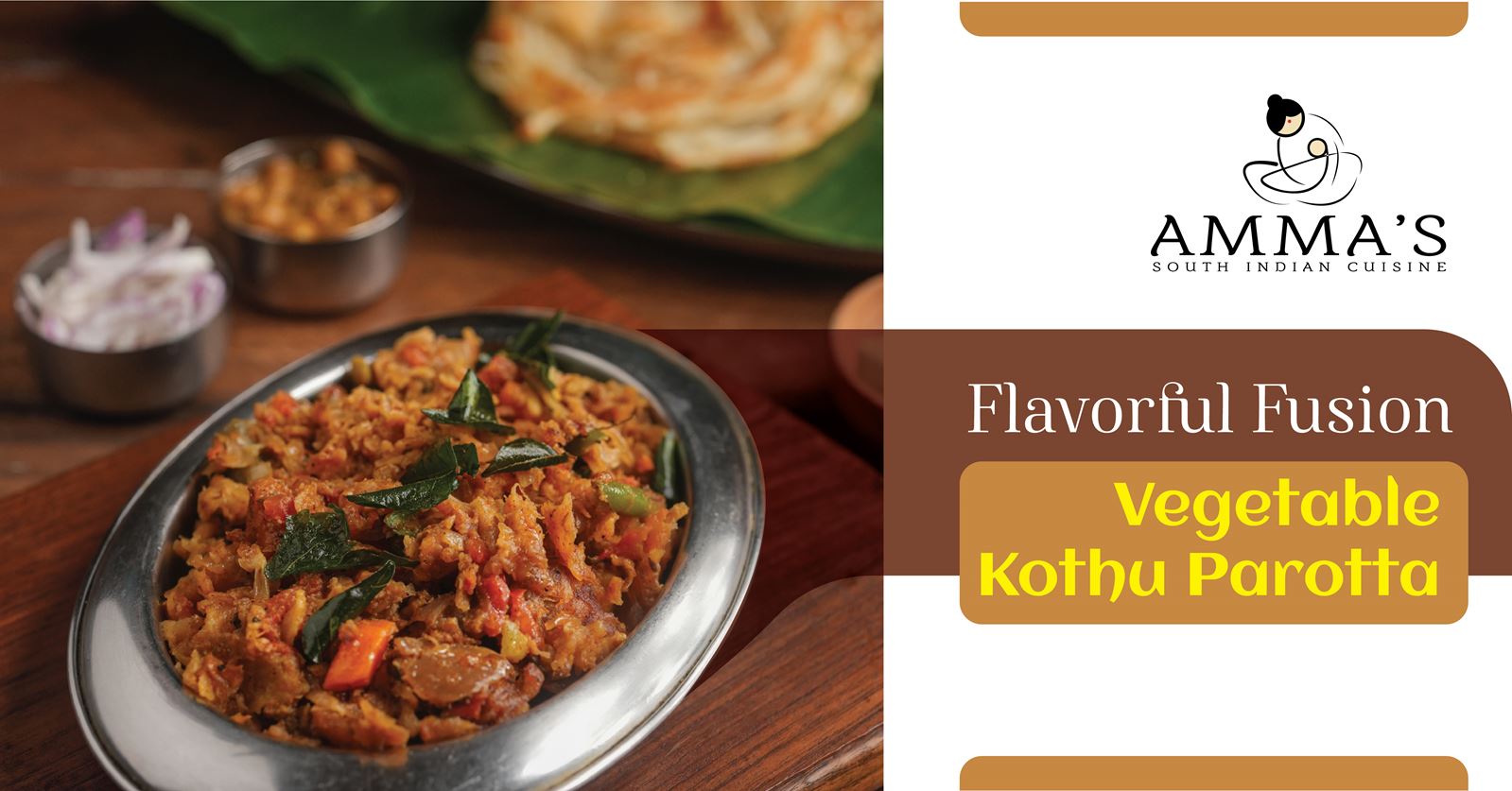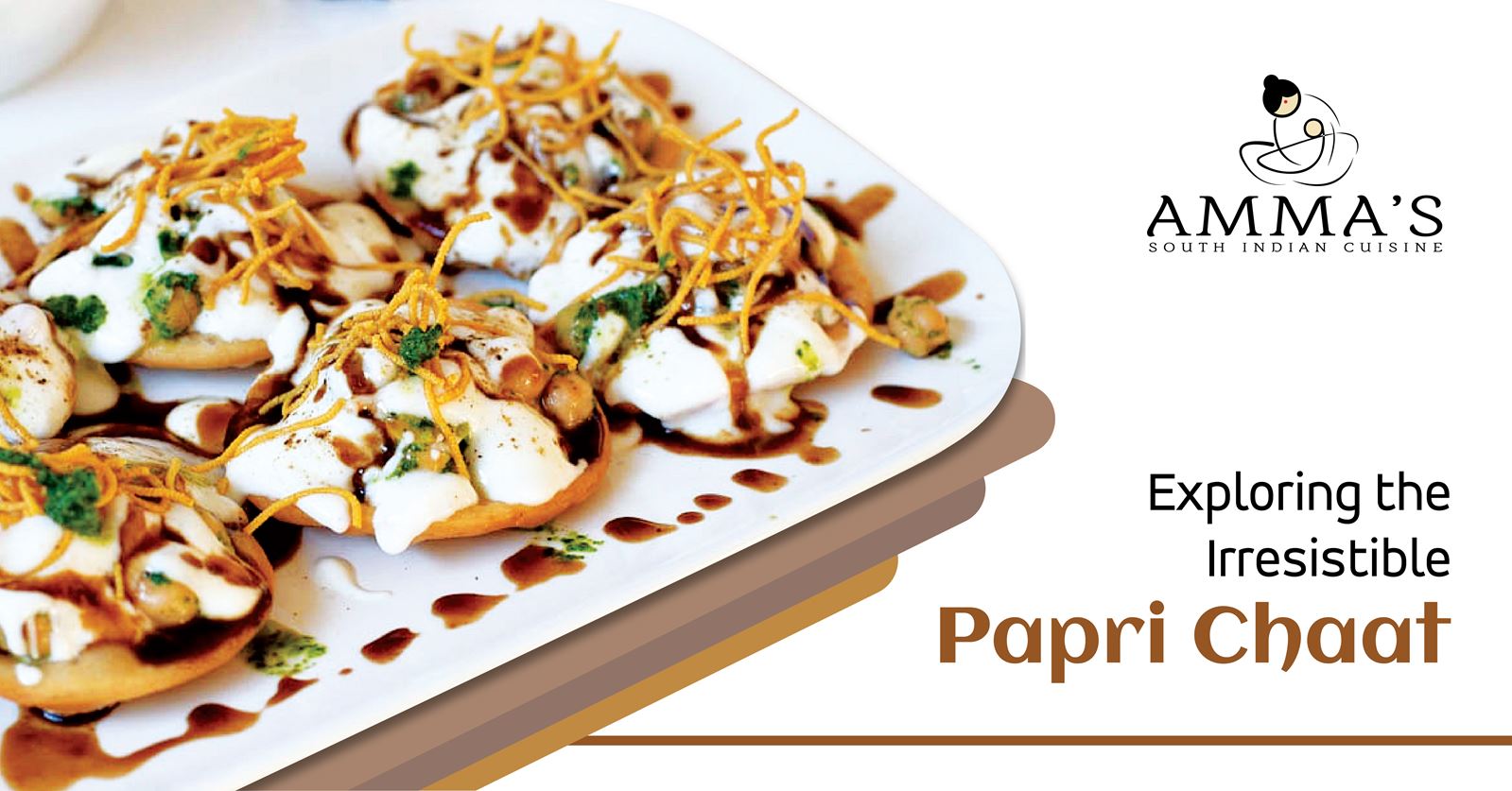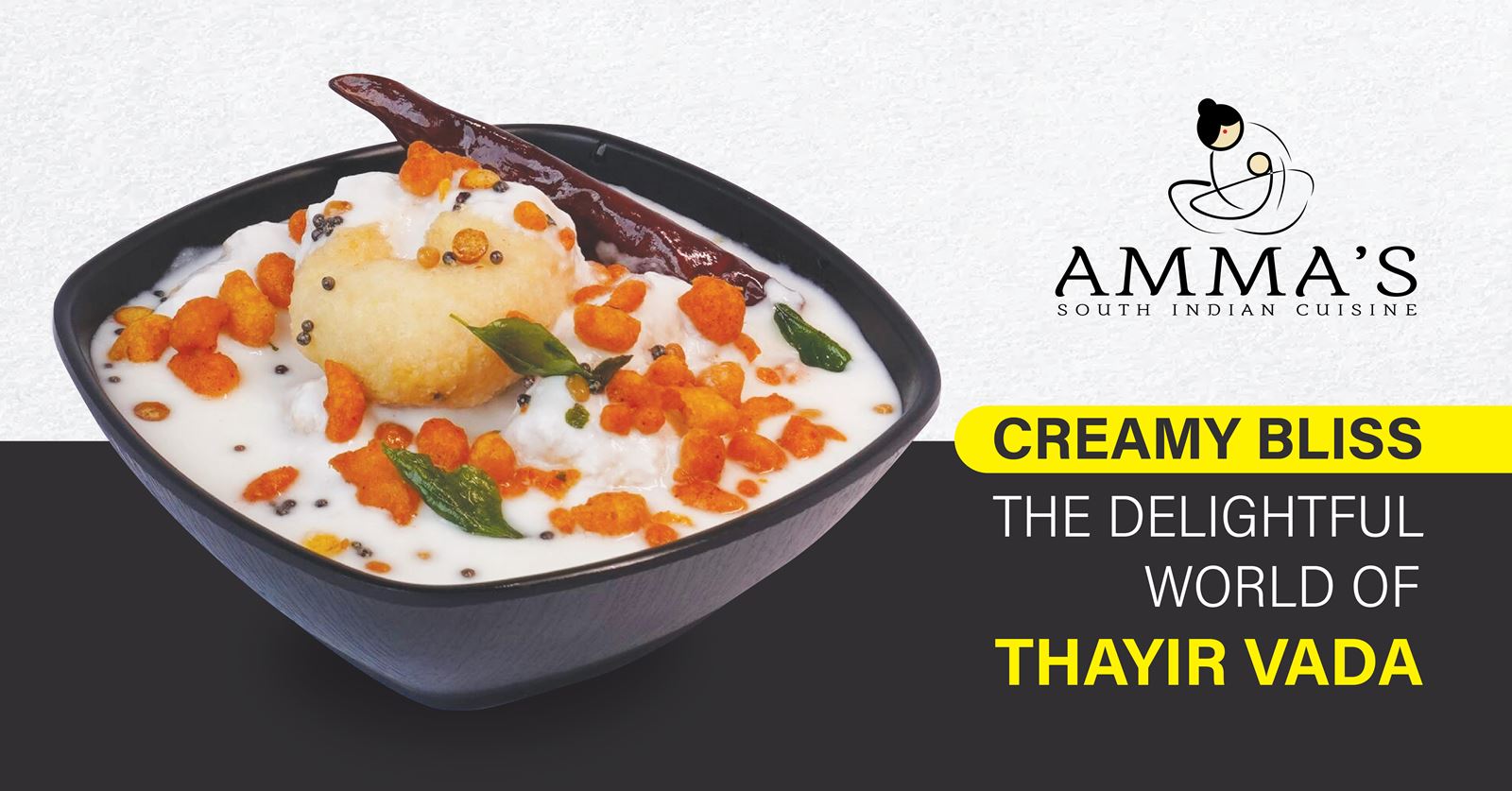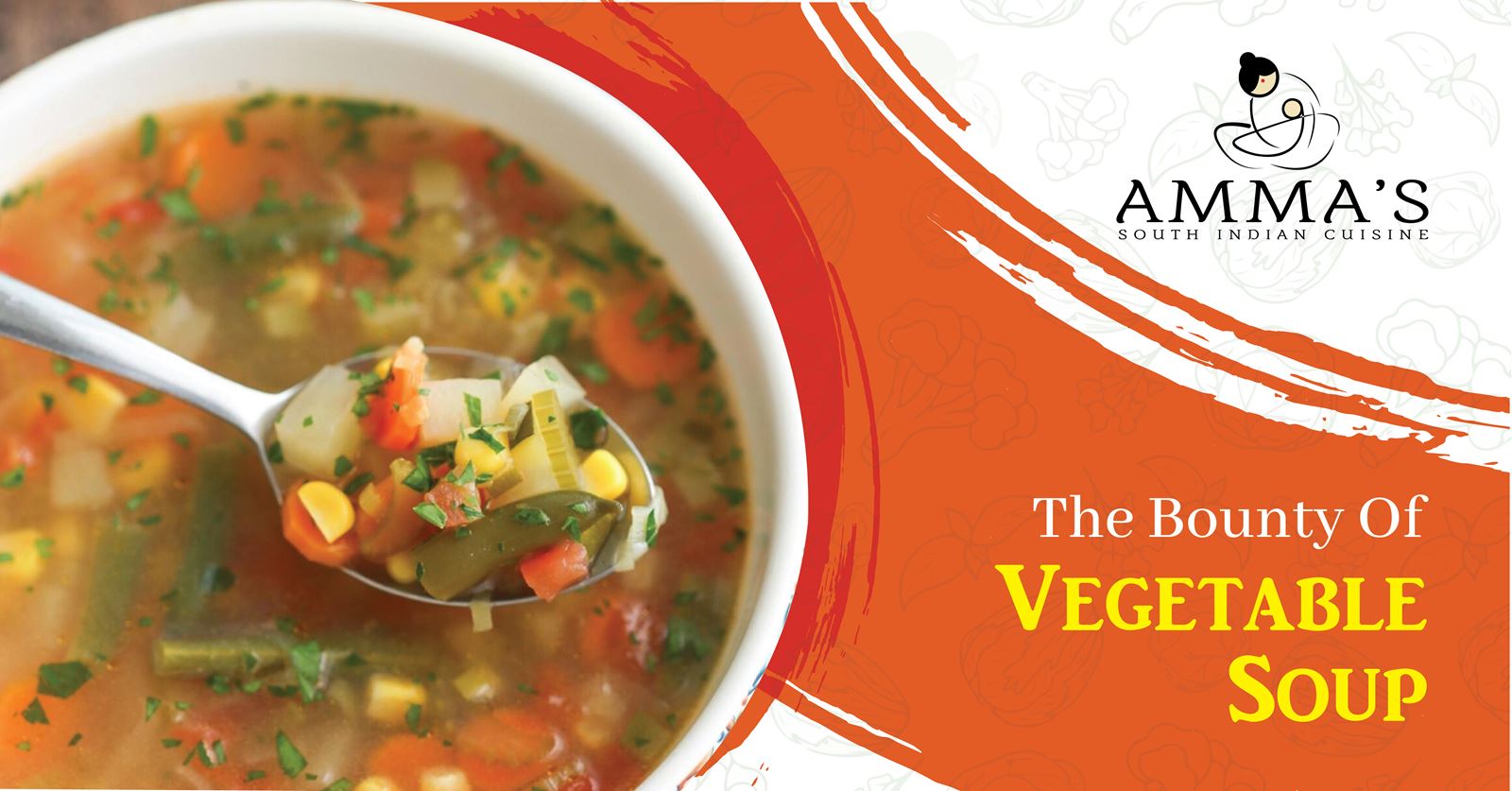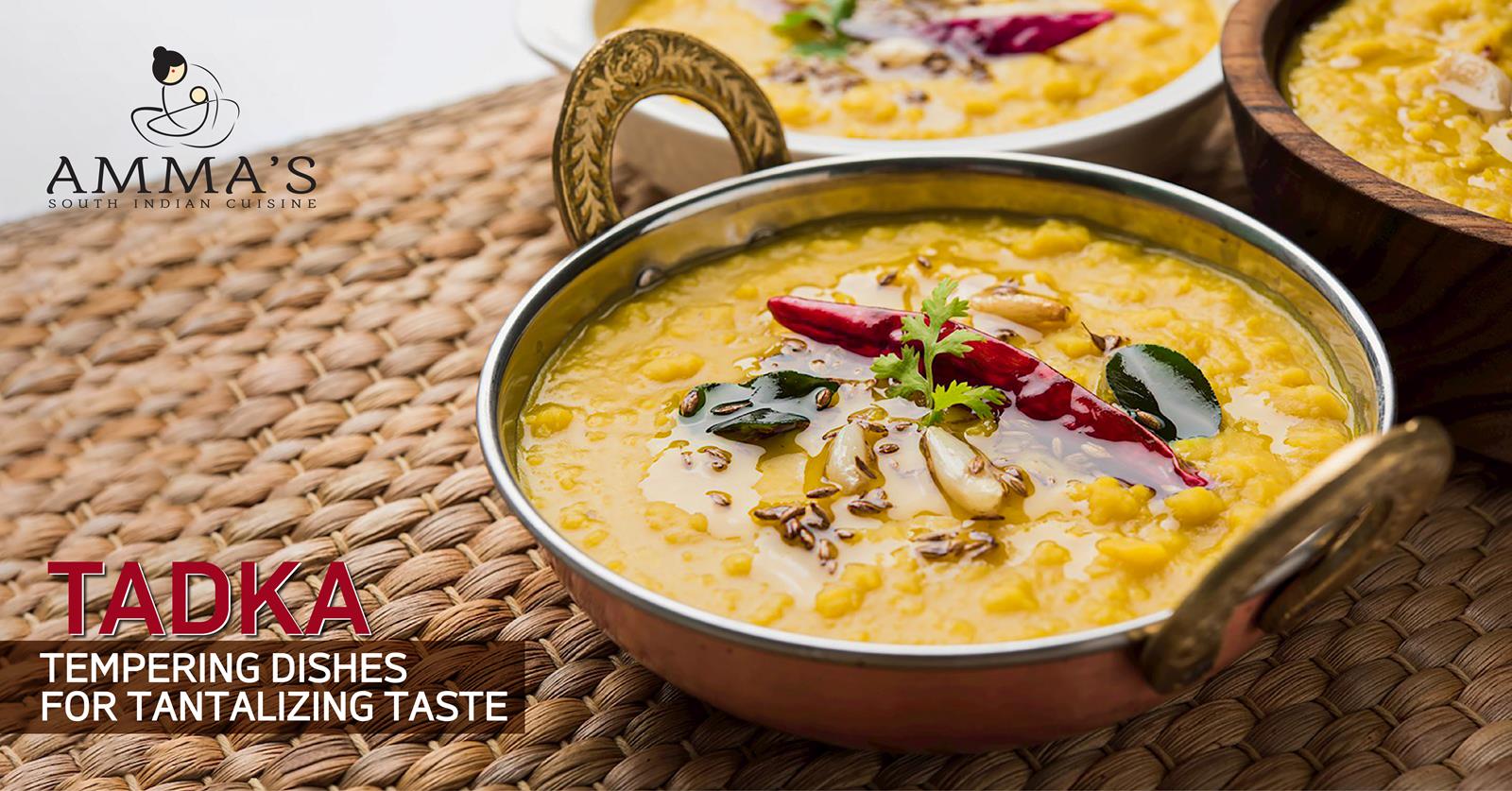
Tadka: Tempering Dishes for Tantalizing Taste
The word “tadka” means “tempering.” It’s an Indian cooking technique in which whole or ground spices are sautéed in hot oil or ghee before being added to a dish. Hot fat has a remarkable ability to extract and preserve the essence, aroma, and flavor of spices and herbs, which it subsequently transfers to the food. Tempering is done in India either at the start of the cooking process or at the conclusion as a finishing flavor. When making a basic cumin rice meal, for example, toast the whole cumin seeds in heated oil before adding the rice and continuing to cook it.
Tempering can be done at any point during the cooking process. When cooking curd rice, for example, prepare the rice first and then temper it with seasoned ghee immediately before serving. In a small skillet, heat the ghee and season with crushed red chilies, garlic, and mustard seeds, and add this tempering to the rice.
Tempering has nutritional benefits as well, because the hot ghee or vegetable oil aids in the release of the spices’ therapeutic compounds. Tadkas differ by region of origin, reflecting the use of regional spices. In the north, for example, there is more cumin, whereas in the south, there are more curry leaves. Unusual tempering techniques, such as adding hot oil to already roasted spices, help elevate recipes from ordinary to extraordinary.
The aroma of the tadka is really significant. Tadka should not be made with olive oil. High temperatures cause olive oil to break down, so the oil should be quite hot for a successful tadka. When making a tadka, use neutral oils like vegetable oil or clarified butter.
There are numerous tadka suggestions, including the following: Choose the appropriate pan size. You’ll need a larger pan if you’re creating tadka at the start of a dish. A tadka is never mixed with water. At first, the ghee or oil should be very hot. Reduce the heat to medium after that, and then add the spices. The order in which the spices are added is one of the keys to achieving the perfect tadka: The components are frequently added in rapid succession, rarely all at once, with the elements that require more cooking time added first and those that require less cooking time added later. For example, add entire cumin seeds first, followed by chopped garlic, which may burn if added first.
Cumin, cinnamon, curry leaves, mustard seeds, asafetida, and red chilies are all common ingredients in Indian tadkas. When the spices start to crackle or change color, you know the procedure is finished. This normally just takes a few seconds, so be ready to move quickly. Spices begin to spray when put to very hot oil. When they spit, you can cover the pan, but you must still act quickly. Prepare all of the other ingredients ahead of time, or have the final meal ready to serve as soon as the tadka is finished. There is no way to save a tadka that has been burned. It’s not a smell you’ll soon forget.
Tadka tantalizes the tongue enhancing the taste of dishes. Visit Amma’s South Indian Restaurant and be enticed by their extravagant South Indian fares!

